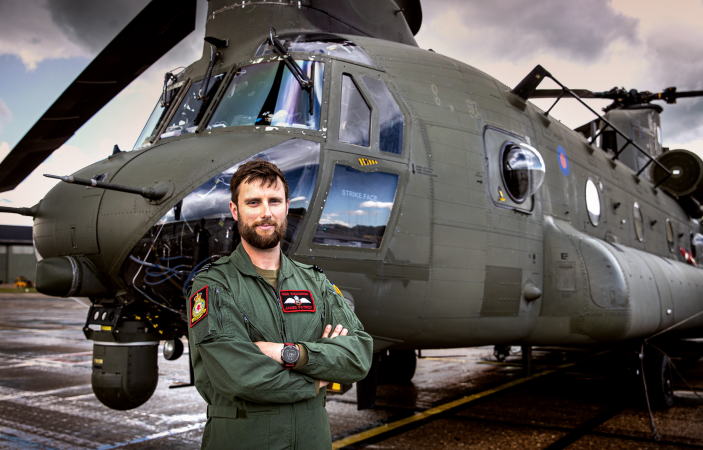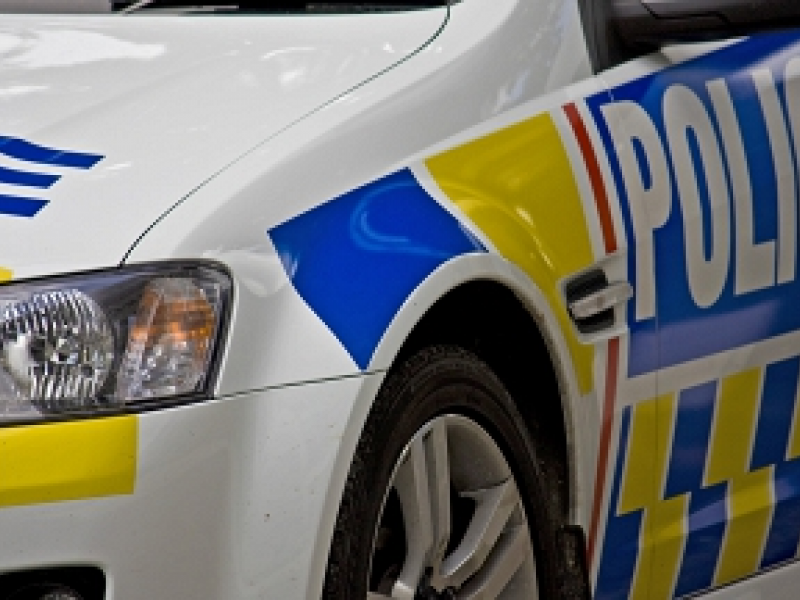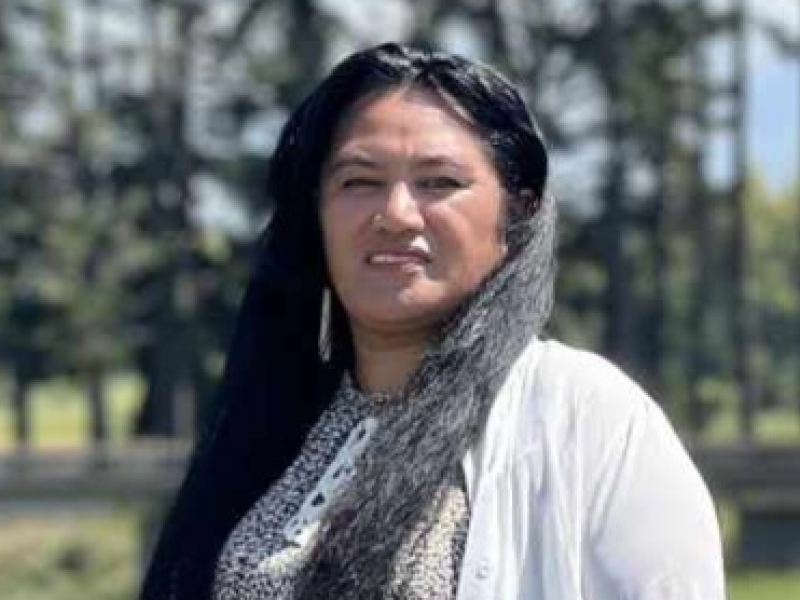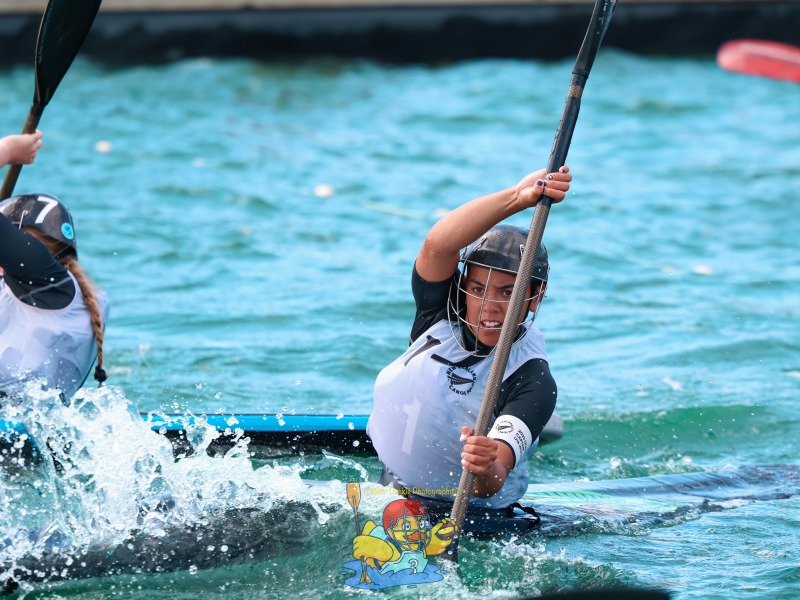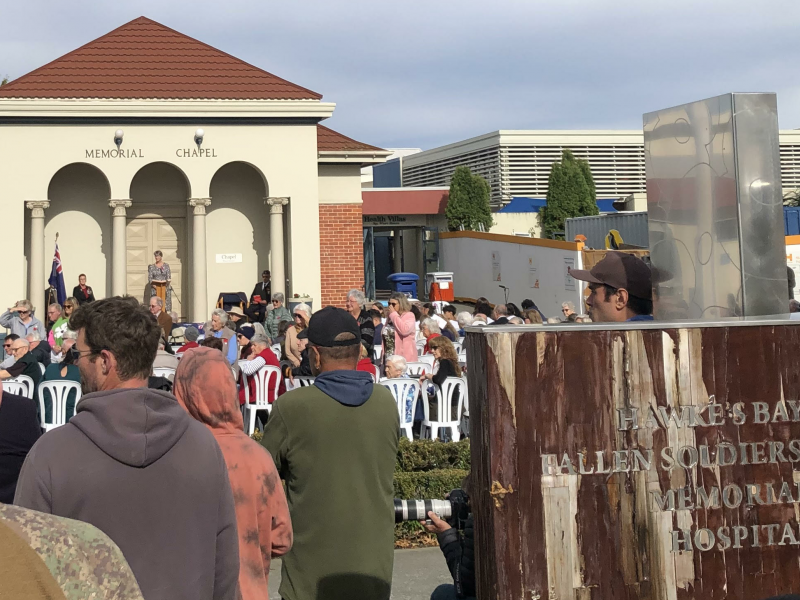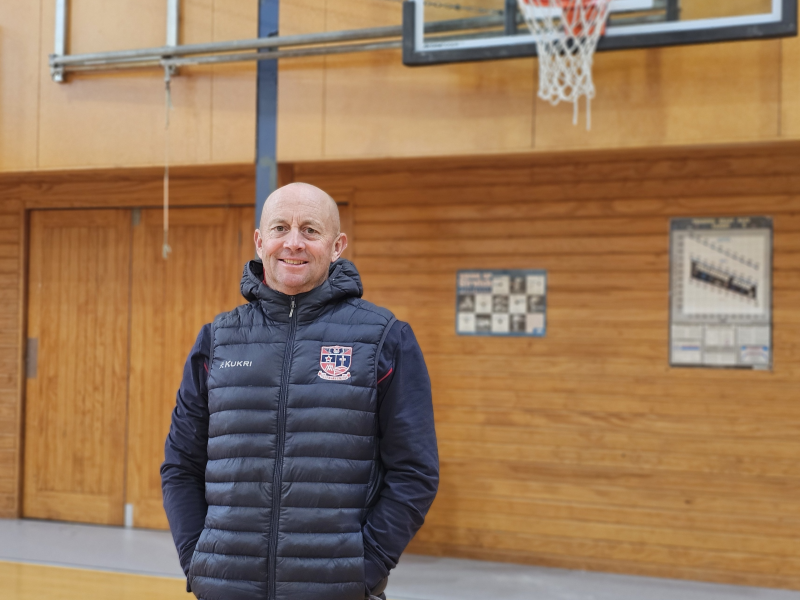"It truly was a remarkable feeling": Hawke's Bay helicopter pilot soars above London's royal celebrations
A Hawke's Bay man says flying above Buckingham Palace during Queen Elizabeth II’s Platinum Jubilee celebrations is something he won't forget.
Royal New Zealand Air Force pilot Flight Lieutenant James Patrick, who is taking part in a three-year exchange programme with the Royal Air Force, was co-piloting the lead CH-47 Chinook in the helicopter flypast which included more than 70 aircraft from the United Kingdom military.
The scale of the flypast – which included World War II Spitfires, Hurricanes and a Lancaster, alongside some of the world’s most advanced warbirds – meant it was a career highlight, Flight Lieutenant Patrick said.
The flypast was months in the planning, involving a lot of briefings and airborne practices, which ranged from just the formation leaders to confirm timings through to some specific formation practices to ensure the package itself looked good from all angles.
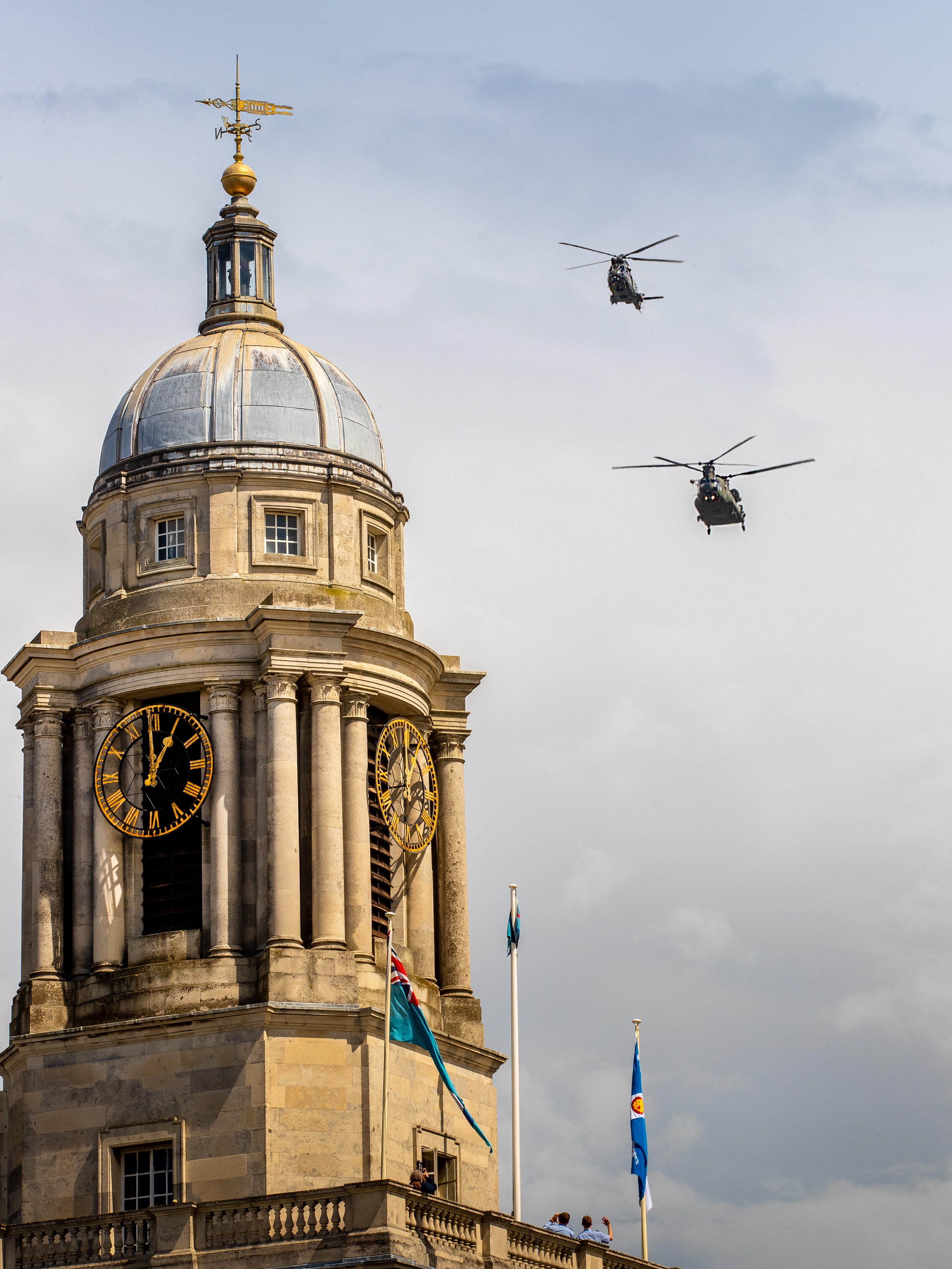
RNZAF helicopter pilot Flight Lieutenant James Patrick has taken part in a 70 aircraft-strong flypast above
London thanks to an exchange programme with the RAF. Photo/Royal Air Force.
“To see and be involved in the coordination of 70 aircraft, which all flew over the same spot with only 30 seconds in between each element and at different heights and speeds was spectacular.
“It truly was a remarkable feeling to fly over the Queen and her family at Buckingham Palace, above all the people celebrating in London and with so many other aircraft. It’s something I won’t forget."
Flight Lieutenant Patrick joined the RNZAF in 2015 and qualified as a helicopter pilot with No. 3 Squadron at RNZAF Base Ohakea.
However, he is now based at RAF Odiham in Hampshire with No. 18 (B) Squadron, to learn how the RAF uses its support helicopter force, particularly with the Chinooks.
The 40-year-old helicopters are a favourite with the RAF, with the service continuing to buy new versions of the aircraft in the coming years, he said.
Learning to fly the unique helicopter was a challenge as the aircraft doesn't have a tail rotor but two main rotors.
“However, this means presenting the rear of the aircraft is often one of the best options when landing or positioning as it has the most clearance from the main rotors and that's where the ramp is.”
The Chinook is also massive. It can have an all-up weight of 24,000kg.
“The previous aircraft I flew, the A109s, the total all-up weight is just over 3000kg. This clearly makes the Chinook one very capable platform and why I personally believe, it's still being used today after just passing 40 years of service with the Royal Air Force.”

